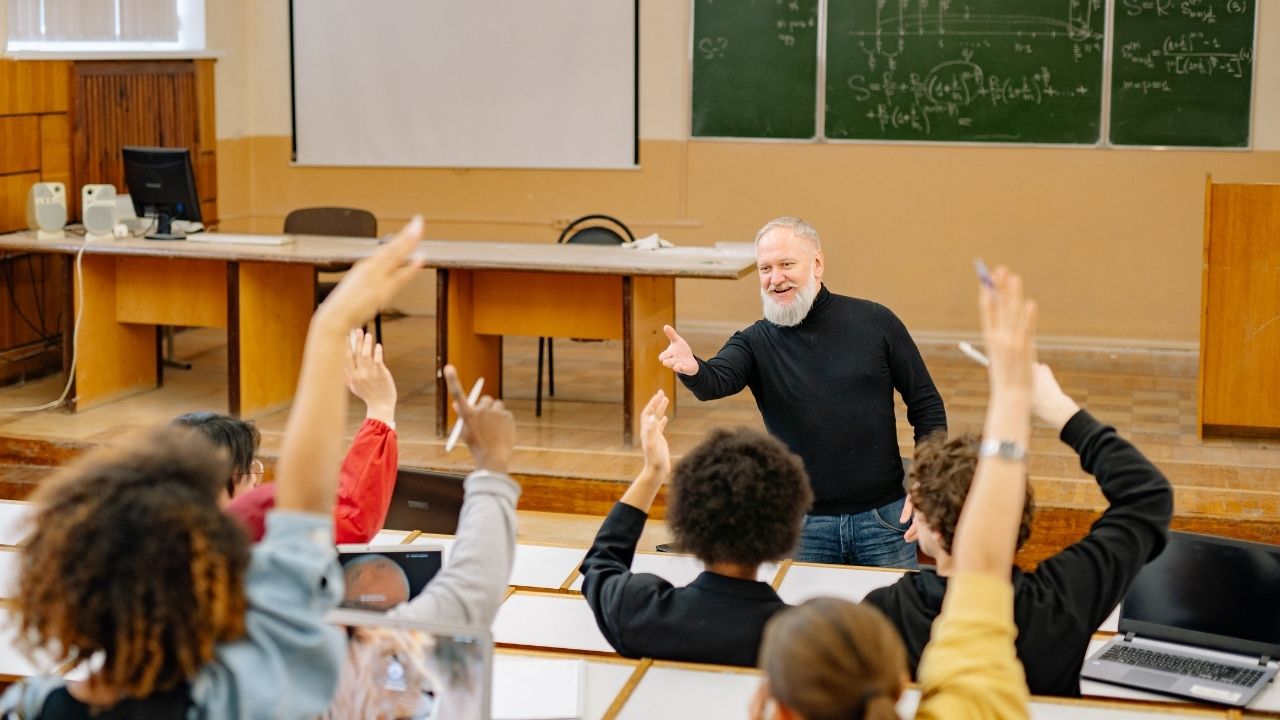
As seasoned SEO experts and accomplished copywriters, we understand the importance of crafting content that not only captivates your audience but also outranks the competition on search engine results pages (SERPs). In this comprehensive guide, we will explore the key strategies and best practices for creating a positive, engaging, and nurturing classroom environment that fosters student success.
Fostering a Supportive Classroom Environment
The foundation of a positive classroom environment lies in establishing a supportive and welcoming atmosphere for both students and teachers. By cultivating a sense of belonging and mutual respect, we can create a learning space where students feel comfortable taking risks, sharing their ideas, and actively participating in the educational process.
One crucial aspect of a supportive classroom environment is effective communication. Encourage open and respectful dialogue between students and teachers, allowing for the free exchange of ideas and the exploration of different perspectives. Foster an environment where students feel heard and their contributions are valued, regardless of their background or academic performance.
Additionally, it's important to create a structured and organized classroom that promotes productivity and minimizes distractions. Clearly communicate expectations, routines, and procedures, ensuring that students understand their roles and responsibilities. This level of structure can help create a sense of stability and security, enabling students to focus on their learning.
Cultivating an Engaging Classroom Experience
Engaging students is essential for maintaining a positive classroom environment. Utilize a variety of instructional strategies, including interactive activities, hands-on learning experiences, and multimedia resources, to cater to different learning styles and keep students actively engaged.
Encourage collaborative learning opportunities, where students can work together in small groups or teams to tackle challenges and share their knowledge. This not only fosters a sense of community but also helps develop essential skills such as communication, critical thinking, and problem-solving.
Incorporate elements of gamification and game-based learning into your lessons, as these approaches have been shown to enhance student motivation, participation, and overall learning outcomes. By making the learning experience fun and interactive, you can create a positive and engaging classroom environment that keeps students excited and eager to learn.
Promoting a Nurturing Classroom Culture
In addition to supportive and engaging elements, a positive classroom environment also requires a nurturing culture that prioritizes the social and emotional well-being of students. Establish clear guidelines and expectations for respectful behavior, and model these values through your own interactions with students.
Encourage empathy, compassion, and kindness among your students, fostering a sense of community where everyone feels accepted and valued. Implement restorative practices, such as conflict resolution and peer mediation, to address any issues or conflicts that may arise in a constructive manner.
Celebrate student successes, no matter how small, and provide meaningful feedback that focuses on growth and improvement. This type of nurturing approach can help build student confidence, resilience, and a genuine love for learning.
Adapting to Individual Needs
Recognize that each student is unique, with their own learning styles, abilities, and personal experiences. Embrace the diversity within your classroom and strive to create a differentiated learning environment that caters to the needs of all your students.
Implement flexible instructional strategies, offer personalized support, and provide opportunities for students to demonstrate their understanding in various ways. By adapting your approach to meet the unique needs of each student, you can foster a positive and inclusive classroom environment where everyone feels valued and empowered to succeed.
Fostering Positive Relationships
The relationships between teachers and students, as well as among the students themselves, play a crucial role in shaping a positive classroom environment. Invest time in getting to know your students on a personal level, understanding their interests, strengths, and challenges.
Engage in regular one-on-one conversations, provide constructive feedback, and offer emotional support when needed. This level of personal connection can help build trust, respect, and a sense of belonging, which are essential for creating a nurturing and supportive learning environment.
Encourage students to form positive relationships with their peers as well. Foster opportunities for collaboration, group work, and social interaction, allowing students to develop meaningful connections and a sense of community within the classroom.
Conclusion
Creating a positive classroom environment is a multifaceted endeavor that requires a comprehensive approach. By focusing on supportive, engaging, and nurturing elements, as well as adapting to individual needs and fostering positive relationships, you can cultivate a learning space that empowers students to thrive academically, socially, and emotionally.
As you strive to outrank other articles on the topic of "How can I create a positive classroom environment?", remember to continuously refine your strategies, seek feedback from students and colleagues, and stay up-to-date with the latest research and best practices in education. By doing so, you can ensure that your content remains relevant, valuable, and highly engaging for your target audience.
 Careers in EducationElementary EducationHigh School EducationEducational TechnologyTeaching StrategiesSpecial EducationPrivacy PolicyTerms And Conditions
Careers in EducationElementary EducationHigh School EducationEducational TechnologyTeaching StrategiesSpecial EducationPrivacy PolicyTerms And Conditions
